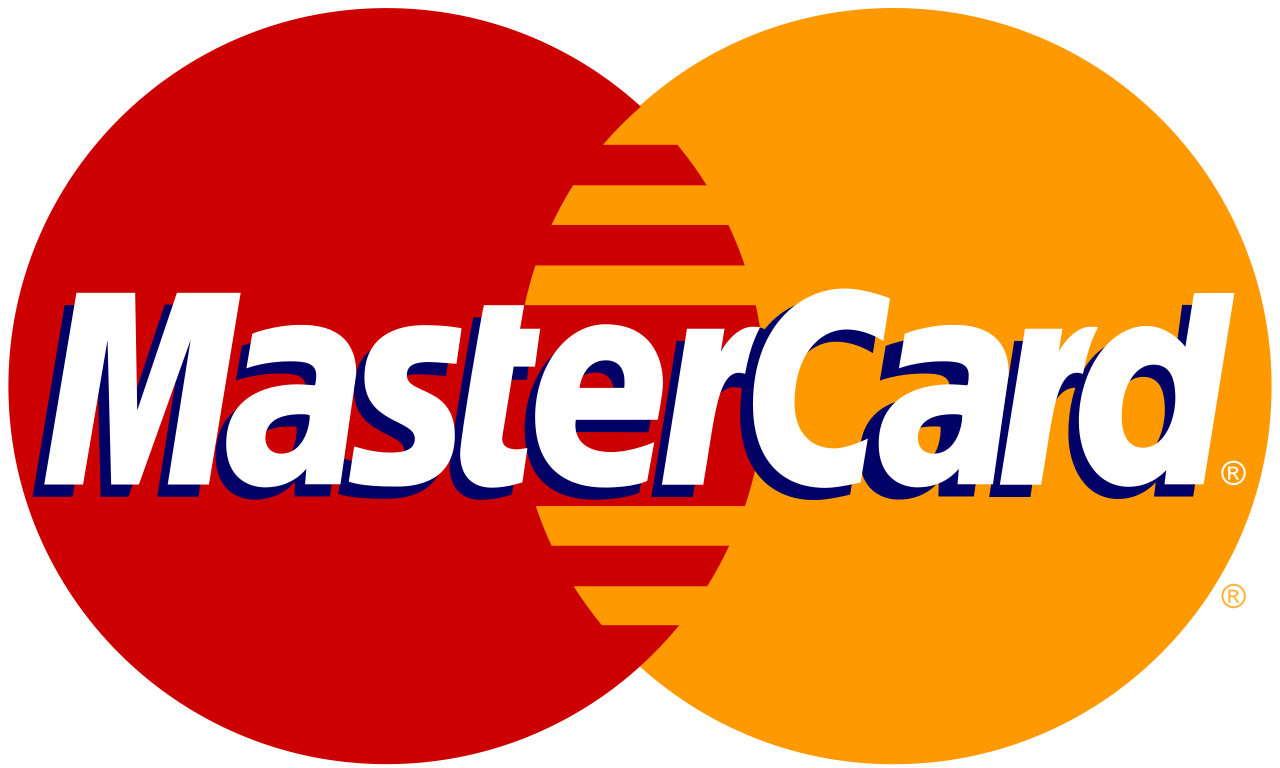
Mastercard is expected to report an EPS of $3.73 and revenue of $7.27 billion for the upcoming quarter, reflecting its strong performance.
The company’s price-to-earnings (P/E) ratio is 38.37 and price-to-sales ratio is 17.59, indicating high investor expectations for future growth.
Mastercard’s debt-to-equity ratio stands at 2.10, showing a higher level of debt, while its current ratio is 1.14, indicating its ability to cover short-term liabilities.
Mastercard (NYSE:MA) is a global leader in the payments industry, providing a wide range of financial services and solutions. The company facilitates electronic payments and offers value-added services to consumers, businesses, and governments worldwide. Mastercard competes with other major players like Visa and American Express in the financial services sector.
On October 31, 2024, Mastercard is set to release its quarterly earnings. Analysts expect an earnings per share (EPS) of $3.73 and revenue of approximately $7.27 billion. These projections reflect the company’s strong performance, driven by increasing cross-border and domestic transaction volumes. The growing demand for Mastercard’s value-added solutions also contributes to its positive financial outlook.
Mastercard’s financial metrics provide insights into its market valuation and operational efficiency. The company has a price-to-earnings (P/E) ratio of 38.37, indicating how much investors are willing to pay for each dollar of earnings. Its price-to-sales ratio is 17.59, reflecting the market’s valuation of its revenue. These figures suggest that investors have high expectations for Mastercard’s future growth.
The company’s enterprise value to sales ratio is 17.91, and its enterprise value to operating cash flow ratio is 38.60. These ratios help assess Mastercard’s overall value and cash flow generation. Additionally, the earnings yield of 2.61% indicates the return on investment for shareholders. Mastercard’s debt-to-equity ratio of 2.10 suggests a higher level of debt compared to equity, while a current ratio of 1.14 shows its ability to cover short-term liabilities with short-term assets.

